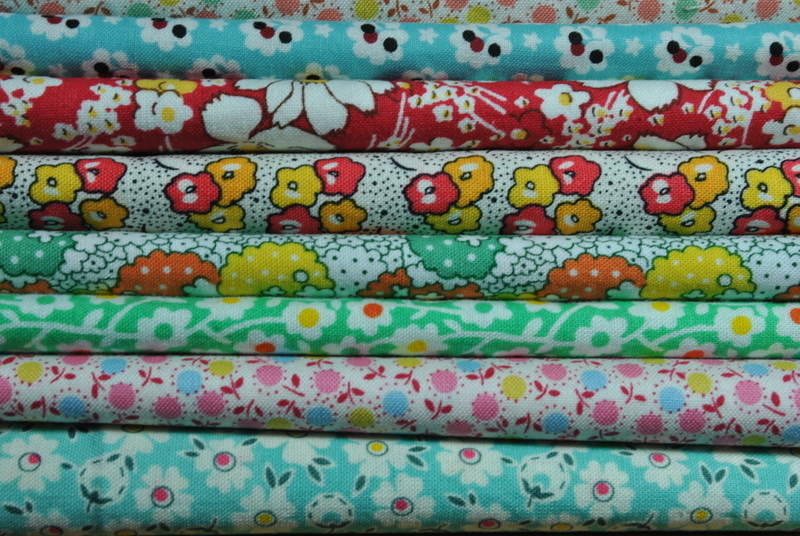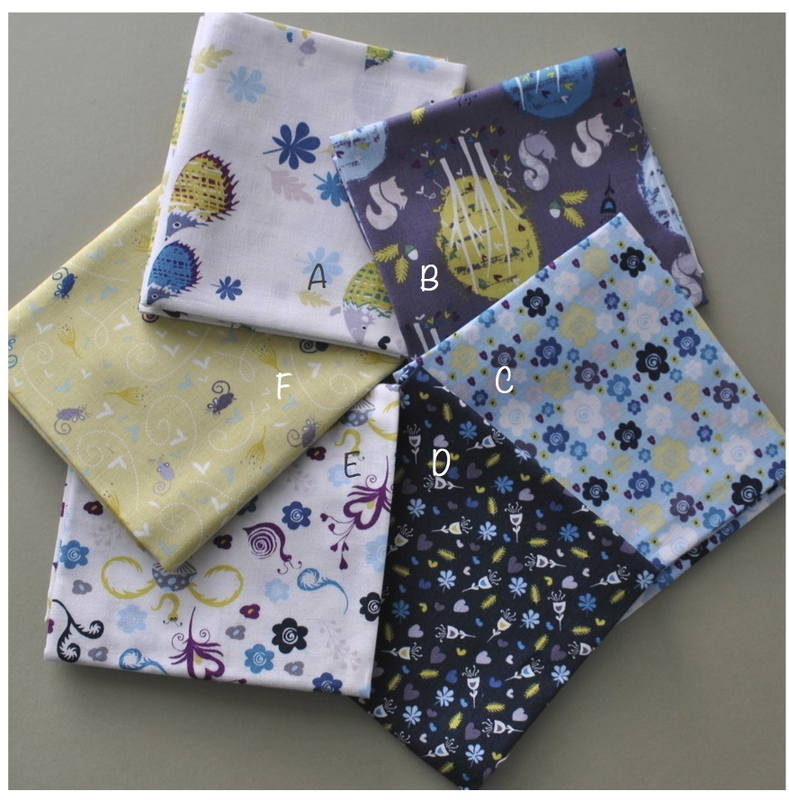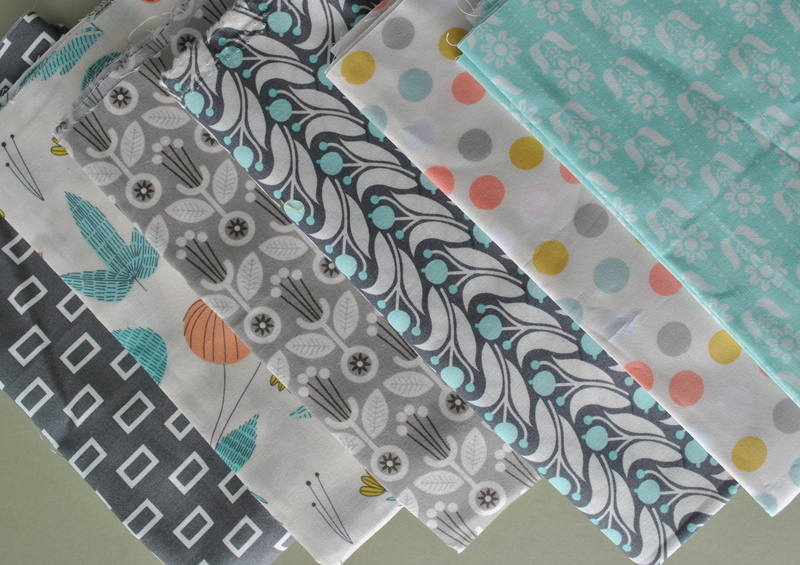Quilting Fabric Know-How

There are many quilters out there who love experimenting and sewing with all sorts of different fabrics, from polyesters and voiles to linens and silks, which is fantastic! However, I prefer to use quilting weight 100% cotton fabrics, for many reasons, but mainly beacause I know how cotton behaves:
• these fabrics are the same weight so there aren't problems sewing pieces together
• they tend to shrink at the same rate, which is very little to be honest, but can produce some beautiful results if you leave washing your fabrics until they are in a quilt - the puckered effect can add a real antique look! The choice of whether to wash you fabrics or not is up to you. In the past I made a point of washing all my fabrics as I bought them to ensure that in the future when I went to my stash I didn't pull out some fabrics that were washed, and some that were not. I have learnt from experience that when you do this and then wash your quilt for the first time, some fabrics may shrink while others not, giving an odd pulled effect. So, either wash all, or don't wash all the fabrics you intend to use in one quilt. Lately I have forgone washing in preference for that antique look!
• there are so many beautiful cotton fabrics available these days, with new designers and companies popping up all the time. Just look at some of the quilting magazines such as British Patchwork & Quilting and Love Patchwork & Quilting to catch up with the latest designs and trends, as well as getting inpsired.
If you are just starting out on your quilting adventure, fabric choice can be one of the most daunting aspects of this hobby, and even puts some people off altogether. However, there is help out there.
You will find that when a fabric designer brings out a new range, they will have a mixture of colours, tones and patterns in the one range that will co-ordinate with each other, a great help for beginners. When putting fabric together, you ideally need a balance of colour, tone and pattern. The designer would have used the same colour palette throughout the range, so you know these will co-ordinate.
When it comes to tone, this is sometimes a little more tricky to get the hang of. When we talk about tone, we mean the weight of the colour, so for instance, white would be the lightest in weight, while black would be the heaviest. Ideally, you want an even mixture of lights, mediums and darks. If you're having difficulty seeing the different weights, it sometimes helps to squint your eyes - the blurred effect will help you concentrate on colour weight rather than design. Also, taking a photo often helps as you can see the balance better in a flat image.

So for instance, in this lovely range, Enchanted Forest from Dashwood Studios, we have two light fabrics A & E, two medium fabrics C & F, and two dark fabrics B & D. The same goes for pattern, again the designer would have included a mixture of sized patterns in the range. So back to the Enchanted Forest, we have two larger patterns A & B, two medium C & E and two small D & F. If you used these together in a quilt, you know there will be an even balance of colour and pattern in the finished item.
Here's another example - can you work out the two lights, mediums and darks?

Another way in which fabric manufacturers help us out with choice is by making the decision for us - in the form of pre-cuts. For more on these click here.